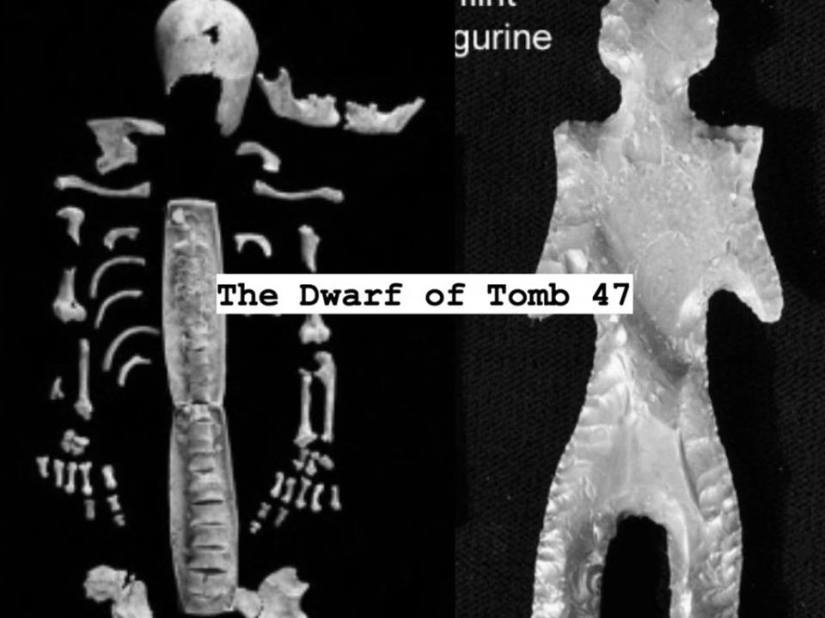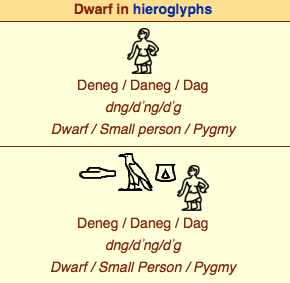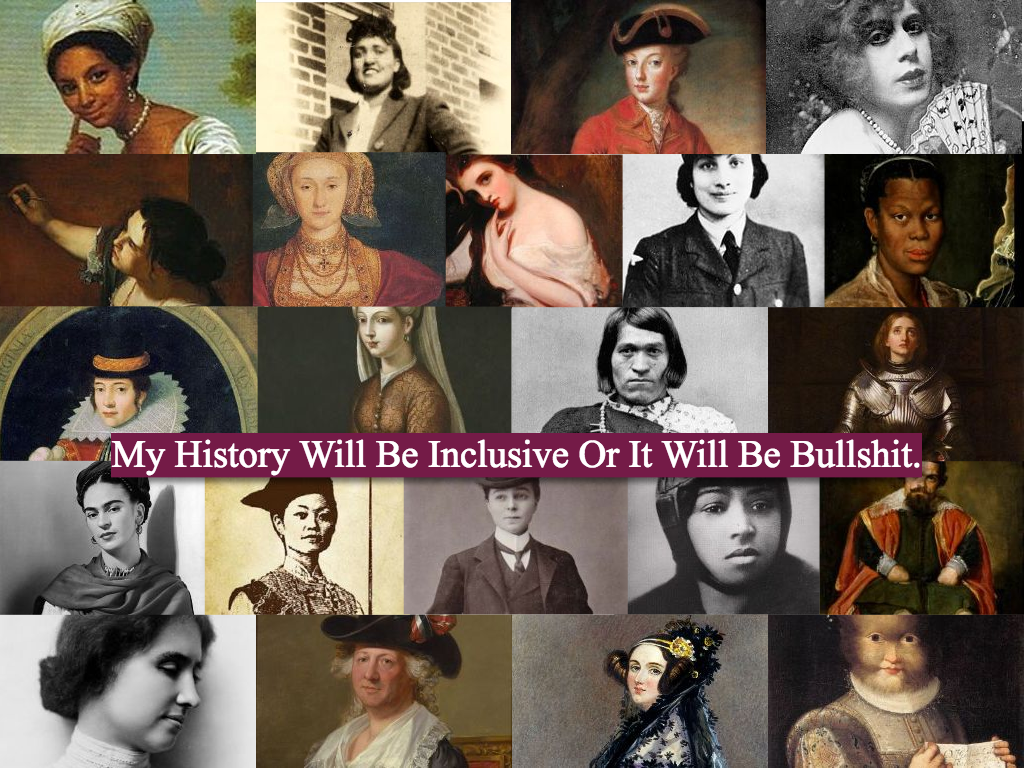
He was buried millennia ago with all the dignity his position warranted. He had dwarfism and was close to his ruler. Over 5000 years ago in the Egyptian Pre-dynastic Naqada IC-IIA Period, before Egypt was unified, a dwarf courtier lived and died before being buried with his lord at a graveyard in Hierakonpolis/Nekhen.

Dwarfs were considered highly important individuals in Ancient Egyptian society. Known as Deneg/Daneg/Dag, they were portrayed realistically in art and represented in hieroglyphics via a small sideways man with visible dwarfism. They could be anything from a courtier or companion to a king to a scribe. There was also dwarf gods like the important home deity Bes and forms of Ptah, god of craftsmen and architects. Dwarfs were believed to, through virtue of their dwarfism, have magical and divine qualities.
Hierakonpolis, where 47 was buried, has been undergoing excavations since 1979, which ever since have been slowly overturning our understanding of early civilisation in the area known as Egypt. What evidence like that of the many tombs at Hierakonpolis show is that this history of dwarf elite inclusion goes back even further than Egyptian unification. It goes deep into Egyptian pre-history. To the beginning of Egyptian societies full stop. Even before the Pharaohs and Pyramids, those like the occupant of Tomb 47 were important members of the Egyptian elites.
47’s grave is a wonderful and telling display of his status. His patron or ruler seems to have been the owner of Tomb 16. 47 was buried beneath the floor of a place of worship near 16, which was “an incredible privilege”, as those excavating the graveyard note at Hierakonpolis Online.
Of the 39 other people in 14 tombs who flanked 16 and likely were his court, 47’s exceptionality is also expressed by the fact he was the oldest at forty years of age. He lived a good life by his lord’s side and accompanied him beyond the veil of this world and into the next. 47’s importance even seems to have been immortalised in art. A flint figure found to the northwest is believed to depict a dwarf with bowed legs and short arms.
Egyptians with dwarfism would continue to be prized for thousands of years until the end of the pharaohs. They’d work a variety of jobs and roles, within and outside, the palaces of Egypt’s rulers. They’d be gods and men. Elite figures and outcasts. We will meet other dwarf individuals from Egypt as we travel through our 80 objects…Looking at the extent to which people with dwarfism were included in Egyptian society at all levels, and whether they experienced ableism.
Until then we should think of 47 who lived an almost unfathomably long time ago yet was accepted and treasured by his society.
Bibliography
“Skeletal Remains–HK6”, Archaeology Of Ancient Egypt, 2018 <http://anthropology.msu.edu/…/2…/10/09/skeletal-remains-hk6/> [Accessed 30 July 2018].
“Hierakonpolis Online – HK6 – Elite Cemetery”, Hierakonpolis-Online.Org, 2018 <http://www.hierakonpolis-online.org/…/ex…/hk6-elite-cemetery> [Accessed 30 July 2018].
William R. Dawson, “Pygmies and dwarfs in ancient Egypt” ,Journal of Egyptian Archaeology, 24, 1938, pp. 185–189.
Veronique Dasen, Dwarfs in Ancient Egypt and Greece, (Oxford: Oxford University Press, 2013)
Chahira Kozma, “Dwarfs in Ancient Egypt: Historical Review”, American Journal of Medical Genetics, (2006), 140A: pp. 303–311

